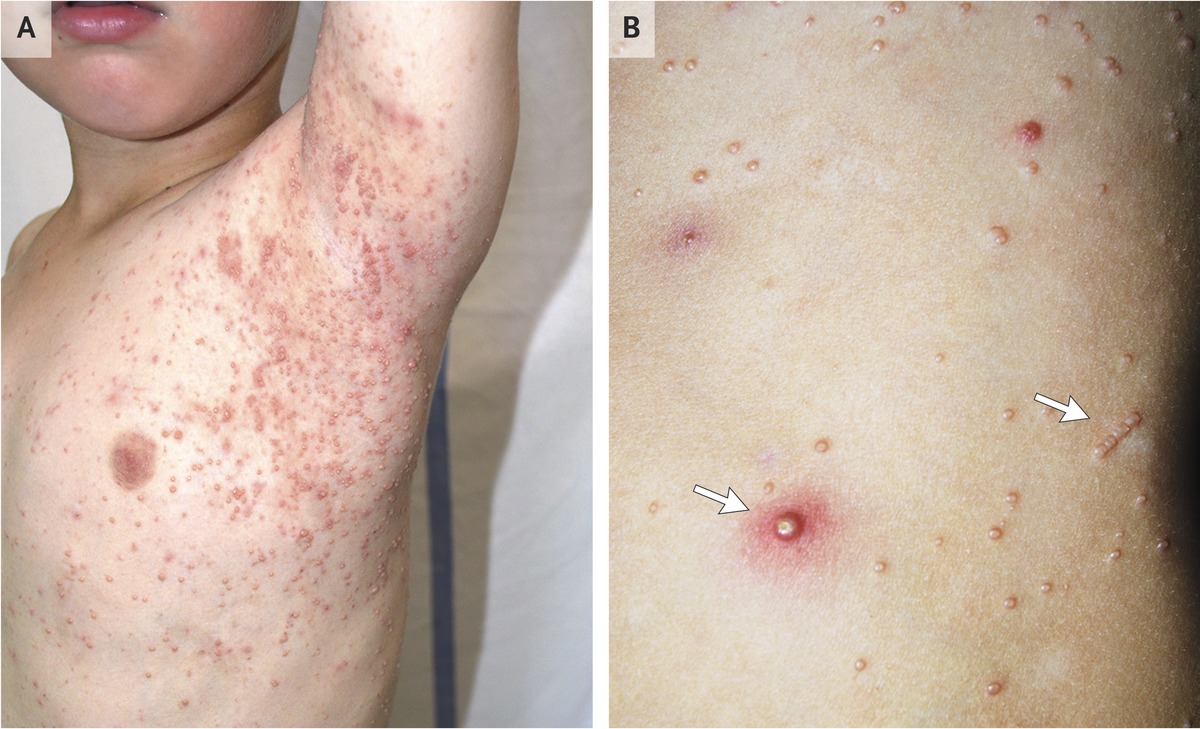Elective single embryo transfer at a glance
- Elective single embryo transfer (eSET) occurs when a parent or parents undergoing in vitro fertilization (IVF) select one of many good quality embryos eligible for transfer.
- eSET is prescribed in high-prognosis patients to minimize the risk of multiple pregnancy (twins or more), which occurs more often when more than one embryo is transferred.
- In the past, it was common practice to transfer more than one embryo in the majority of IVF cases in order to increase success rates.
- Low birth weight, preterm birth, and health disorders such as learning problems and cerebral palsy are all risks faced by mothers with multiple births, as are the children.
- Not all women are appropriate for eSET, and not all single embryo transfers are considered “elective.” In certain cases, the IVF procedure produces only one embryo, or insurance limitations prohibit the transfer of more than one embryo.
In this article, Dr. Mohit Saraogi who is one of the best IVF specialists in Mumbai will discuss everything that you should know about eSET.
What exactly is eSET (elective single embryo transfer)?
An elective single embryo transfer occurs when a person or couple has more than one high-quality embryo developed through IVF and decides to transfer only one embryo (eSET). The transfer of one embryo decreases the probability of multiple pregnancies, but it also reduces the likelihood of pregnancy in some cases.
In most IVF cases in the past, moving two or three embryos was common protocol. This was attributed to the poor success rates of implantation when only one embryo was transferred. However, as the IVF procedure has improved, as has the cryopreservation of the remaining healthy embryos, fertility specialists have reconsidered the practice of multiple embryo transfer.
If you are opting for IVF treatment in Mumbai, you will notice that there is an increasing determination to move the smallest number of embryos that can realistically be expected to result in pregnancy. The current consensus is that a stable singleton infant is the desired outcome of assisted reproductive technologies.
The word “elective” is critical. In some countries, a single embryo transfer is needed as long as the patient’s prognosis is good. That is not the case in India, and it is not uncommon for patients and couples who are good candidates for eSET to refuse to pass only one embryo, even though their fertility physician encourages them to do so.
The most popular explanation for this is that multiple transfers raise the likelihood of at least one child being adopted. The medical problem of patient autonomy, which allows patients to make care decisions based on their beliefs, collides with the doctor’s desire to minimize health risks, in this case due to multiple births.
This is understandable on the patient’s part, as fresh cycle eSET has a success rate of about 26%, compared to a success rate of 43% for fresh cycle double embryo transfer, according to specialists. The possibility of multiple IVF cycles greatly raises patient costs, which could be another factor stopping people from engaging in eSET.
However, as the success rate of frozen embryo transfer rises, so does the rate of eSET success. The success rates for moving frozen and fresh embryos are almost similar today. If a couple knows they have many other viable frozen embryos to use later, they may be more inclined to use eSET for the first transfer.
After IVF, many patients and couples only have one embryo. Since they don’t have any other choice, they do a single embryo transfer by default. In these cases, the likelihood of a successful pregnancy is poor.
Candidates for elective single embryo transfer (eSET)
It’s important to remember that not everybody is a successful candidate for a single embryo transfer procedure. These problems will be discussed with each patient by fertility specialists. Based on the patient’s reproductive characteristics and the embryo(s) content, eSET should be used selectively on patients with the best prognosis for eSET performance.
Women have a number of characteristics that are linked to a positive prognosis, including:
- Being under the age of 35, as their egg and embryo production is typically superior to that of older women.
- Having more than one high-quality embryo available, as quality takes precedence over quantity.
- Have had previous IVF success or are going through their first IVF cycle
- Embryos from donated eggs are used.
Since the embryo selection process is enhanced when the embryo is farther along in development, fertility doctors prefer to transfer embryos when they are at the day 5 blastocyst level. The embryo has two cell types at this stage of development, one for the fetus and one for the placenta, indicating that it has a better chance of implantation.

